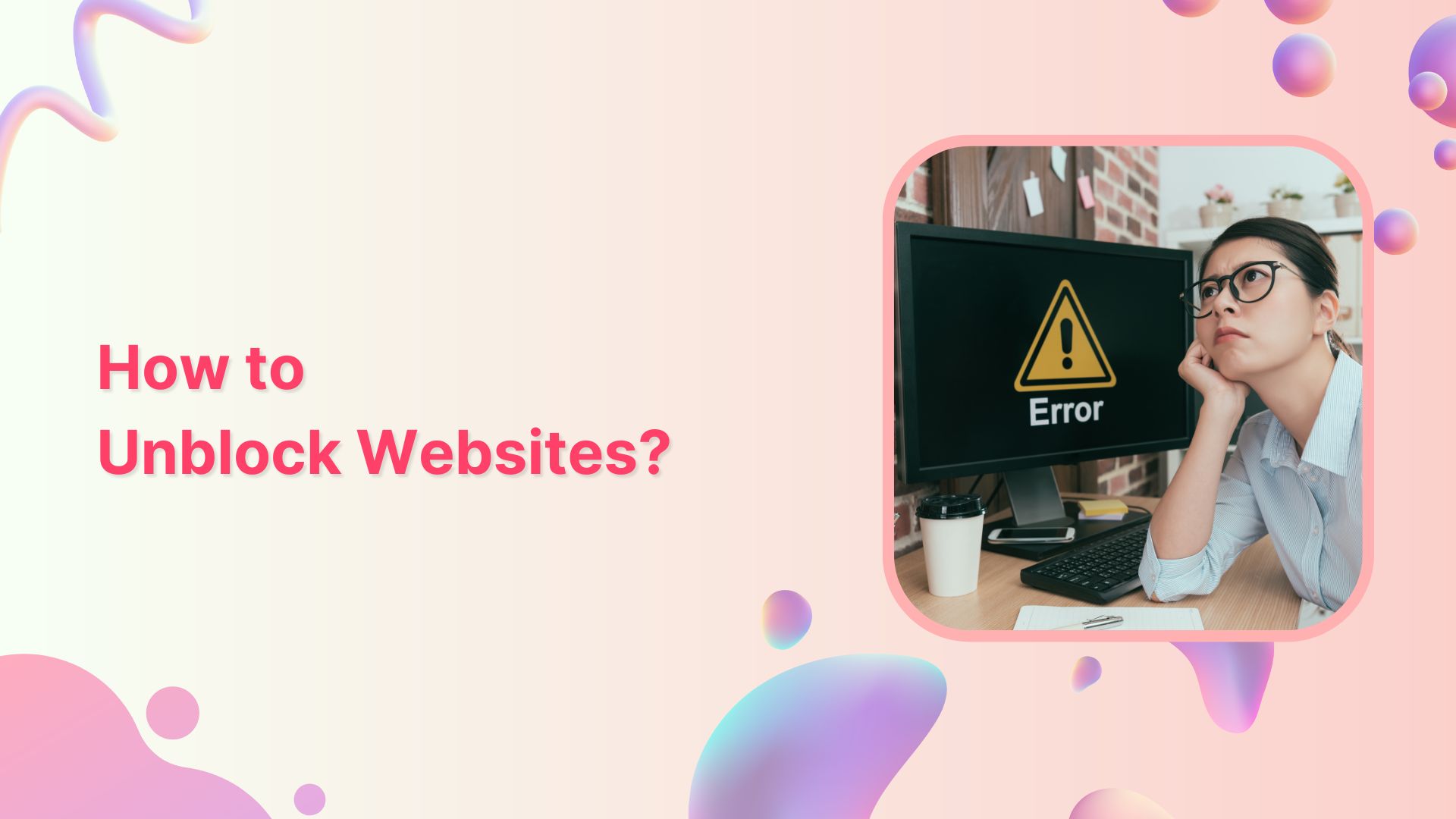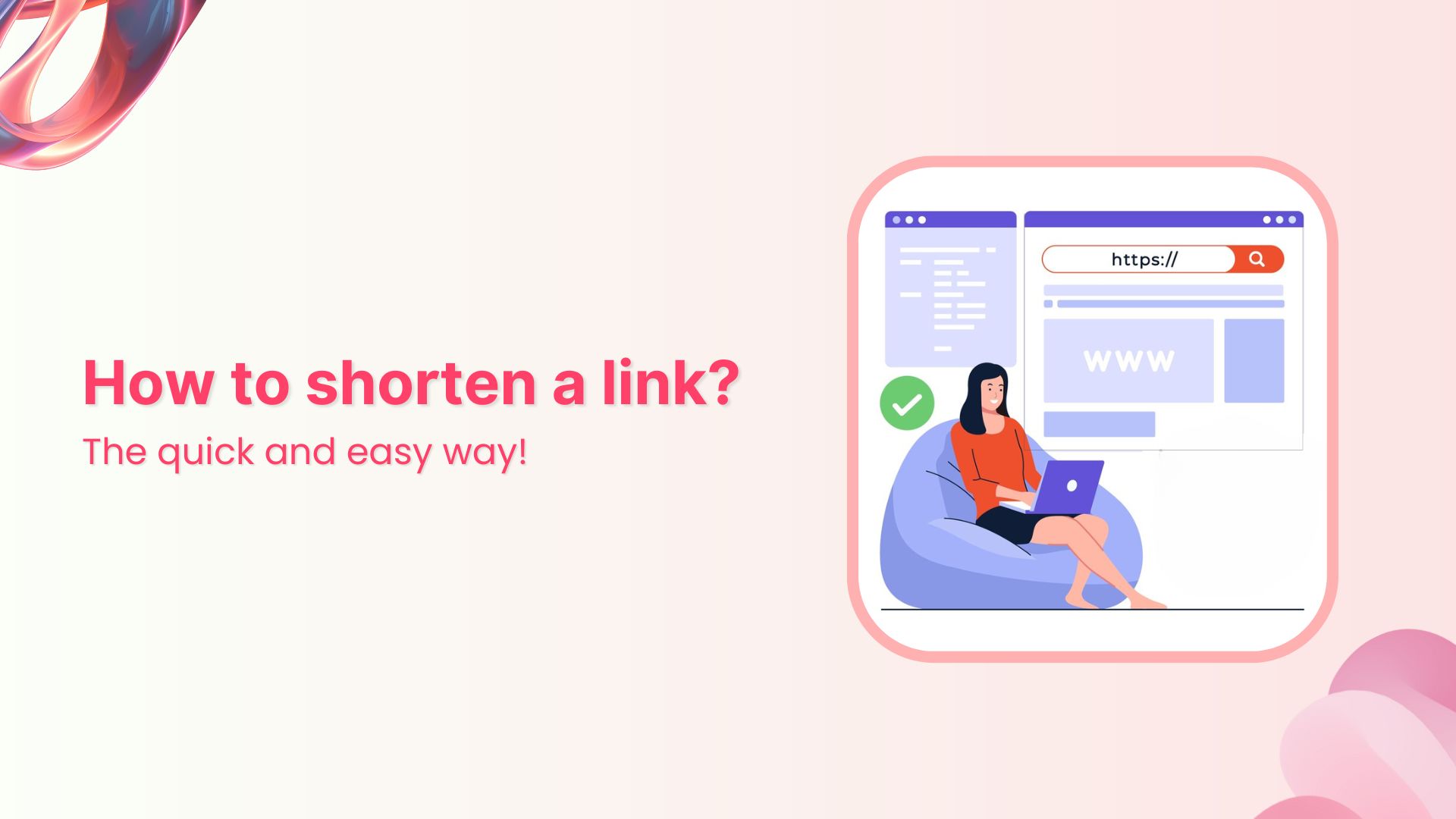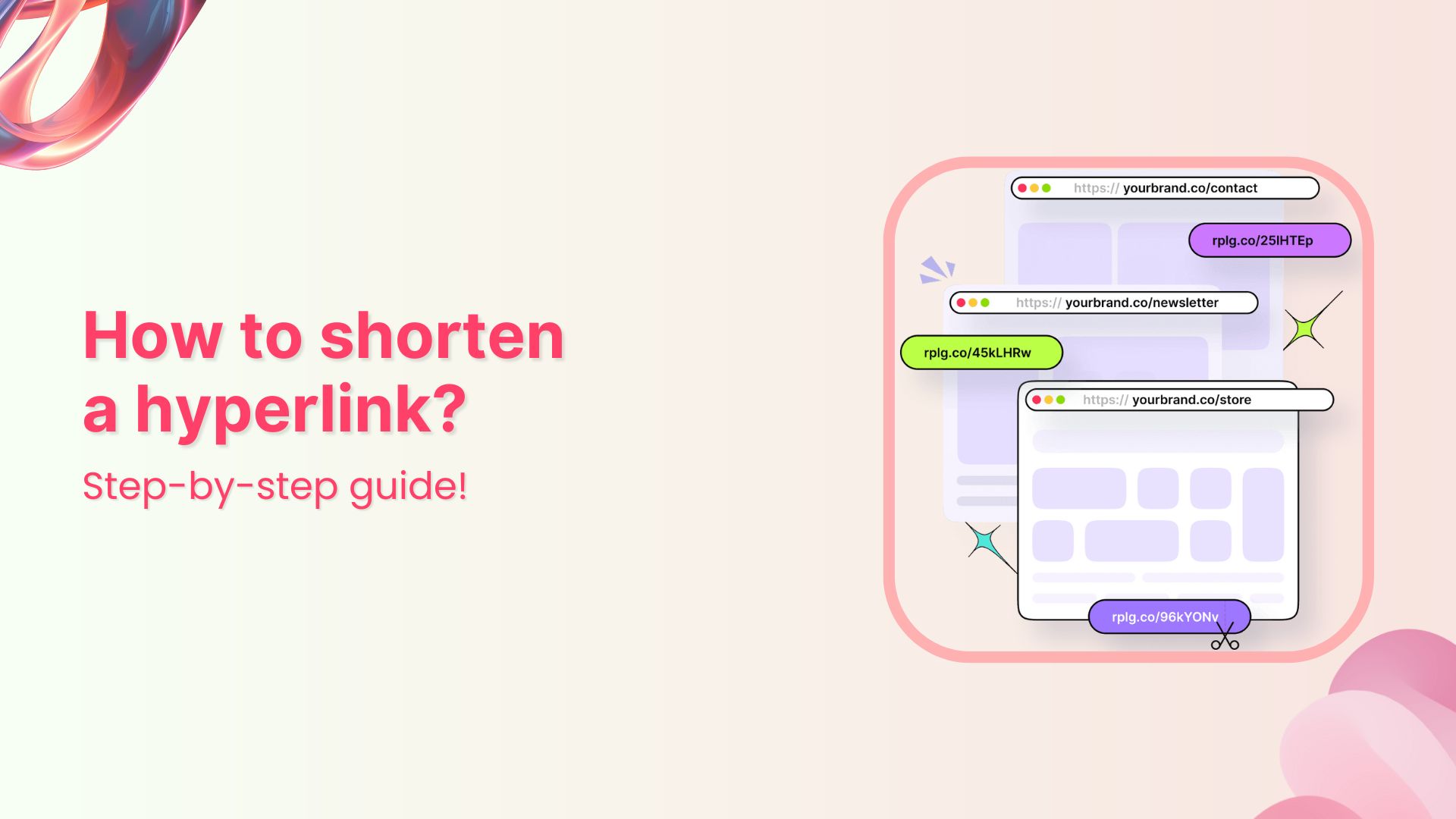In today’s digital age, the internet has become an essential part of our daily lives, allowing us to access information, connect with others, and conduct business anywhere.
However, some websites and online content may be blocked or restricted in certain regions, making accessing the information they need difficult. Being blocked can be frustrating if you’re trying to stream your favorite TV show or access a website for work or research purposes.
Luckily, there are several ways to unblock websites and gain access to restricted content. In this guide, we’ll explore seven effective methods for accessing blocked websites and content, so you can get back to browsing the internet freely and securely.
Why do websites get blocked?
There are various reasons why websites can get blocked. Some of the common reasons include:
-
Government censorship
In some countries, the government may block certain websites that they consider to be a threat to national security, or that they deem inappropriate.
-
Workplace or school restrictions
Employers and schools often use web filters to prevent employees or students from accessing websites that are not related to work or studies.
-
Geo-restrictions
Some websites may be blocked in certain countries due to licensing agreements or legal restrictions.
-
Website maintenance:
Occasionally, websites may be temporarily blocked for maintenance or updates.
-
Hacking and cyber threats
Websites that have been hacked or are susceptible to cyber-attacks may be temporarily or permanently blocked to prevent further damage.
The reasons for website blocking can vary widely, and it’s important to understand why a website has been blocked before attempting to access it using any of the methods mentioned above.
Also read: How to Block a URL in Chrome?
How to unblock websites?
Here’s how to unblock websites using seven different ways:
1. Use a VPN

If you’re looking for a reliable and secure way to access restricted websites, a Virtual Private Network (VPN) is a great option. A VPN encrypts your internet traffic and routes it through a secure server in another location, making it look like you’re accessing the internet from that location. This not only lets you unblock websites that are restricted in your region, but it also adds an extra layer of security to your online activities.
VPNs are easy to use, simply download and install a reputable VPN service on your device, select a server location, and connect to the internet.
2. Use a Proxy
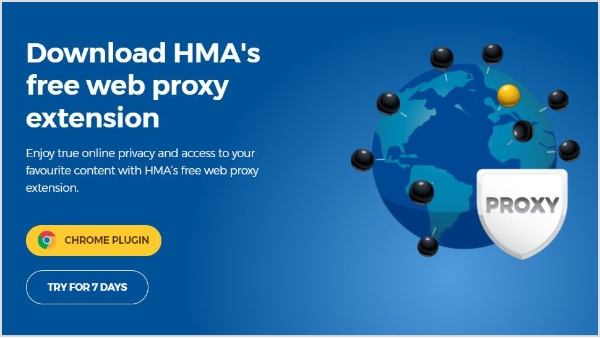
Another way to unblock restricted websites is by using a proxy server. A proxy acts as a middleman between your device and the internet, allowing you to access websites that may be blocked in your region. Proxies are typically free to use, but they may not always be reliable or secure. For affordable and secure proxy solutions, websites like ProxyCoupons can help you find deals and discounts on trusted proxy providers.
For example, you can use a web-based proxy site such as KProxy to access the blocked website by entering the website URL into the proxy site’s search bar. To use a proxy, you’ll need to find a proxy server and configure your device to use it. You can find free proxy servers online, but it’s important to be cautious when using them, as they may not be trustworthy. Using a free online proxy checker is a helpful way to verify the functionality and security of a proxy server before relying on it for your online activities.
Also read: URL Hijacking Uncovered: A Complete Guide to Protecting Your Online Presence
3. Use Tor
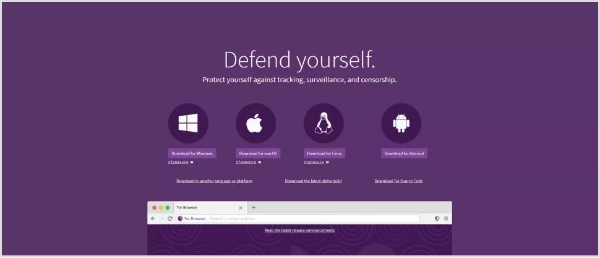
Tor is a free and open-source software that lets you browse the internet anonymously. It works by encrypting your internet traffic and routing it through a network of volunteer-run servers, making it difficult for anyone to track your online activities.
To use Tor, simply download and install the Tor browser on your device, and you’ll be able to access the internet anonymously. However, it’s worth noting that Tor can be slower than other methods of accessing the internet, so it may not be the best option if you need to access websites quickly.
4. Use a URL Shortener
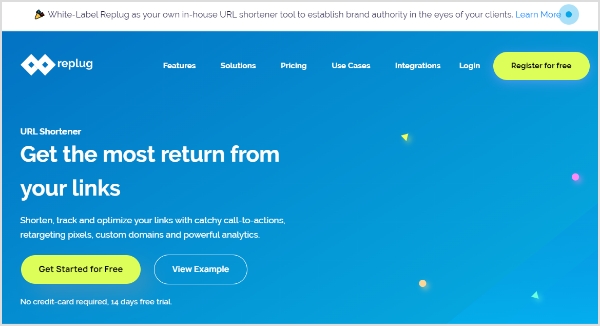
If a website is blocked due to its URL, you can try using a URL shortener to access it. URL shorteners like Replug or Rebrandly take a long website address and shorten it to a shorter, more manageable URL. By using a URL shortener, you may be able to bypass website blocks that are based on the website’s URL.
When using a URL shortener, simply visit the website of your chosen service, enter the URL of the blocked website, and click “shorten.” You’ll be provided with a new, shortened URL that you can use to access the website.
Also read: How to Strengthen Your Social Media Presence Using Replug and ContentStudio
5. Access the Website via Its Crawl History

If a website has been recently blocked in your region, you may still be able to access it via its crawl history. Search engines like Google and Bing regularly crawl websites and store cached versions of the website’s pages. By accessing the cached version of the website, you may be able to bypass any website blocks that are currently in place.
To access a website’s crawl history, simply search for the website on a search engine and look for the “cached” option next to the search results. Clicking on the cached version will take you to a version of the website that was saved by the search engine. For example, you can use the Wayback Machine website to access a website’s previous versions and find the version of the website that was not blocked.
6. Change Your Device Settings
In some cases, website blocks may be based on your device settings. For example, if you’re using a public Wi-Fi network, the network’s administrator may have blocked certain websites. To bypass these blocks, you can try changing your device’s DNS settings or using a different Wi-Fi network.
To change your device’s DNS settings, go to your device’s network settings and enter a new DNS server address. Some popular DNS servers include Google DNS, OpenDNS, and Cloudflare DNS.
Also read: Easy Guide For Fixing URL Blacklist
7. Open a New Account
If a website is blocked due to your account being banned or suspended, you may need to create a new account to access the website. However, this method may not work for all websites, as some may block your IP address from accessing their content even if you create a new account.
To open a new account, you will need to create a new email address, username, and password. Make sure to use a different email address than the one you used for your previous account, as some websites may block your new account if they detect that it is associated with a previously banned or suspended account.
This method is useful if the website has banned your previous account, but it may not be effective if the website has blocked your IP address. Additionally, creating multiple accounts on a website can be against their terms of service, so be sure to read the website’s policies before creating a new account.
For example, social media platforms like Twitter and Facebook may ban accounts for violating their community guidelines. In such cases, creating a new account with a different email address and username can help you regain access to the website. However, some websites like Netflix may not allow users to create multiple accounts, and may even block the new account if they detect that it is associated with a previously banned or suspended account.
Also read: 5 Top Link Rotators: Convert More With Traffic Routing & A/B Testing
FAQs
Is it safe to use a proxy to unblock websites?
While using a proxy can be a quick and easy way to access blocked websites, it’s important to be cautious about the security implications. Some proxies may collect and store your personal information, or be used by hackers to steal your data. Make sure to choose a reputable and secure proxy provider, and use HTTPS websites to ensure that your browsing activity is encrypted.
How do I know if a website is blocked?
If you’re unable to access a website, the first step is to check whether the site is actually down or blocked. You can use online tools such as DownForEveryoneOrJustMe.com to see if the site is unavailable to everyone, or just to you. You can also try accessing the site using a different device or network to rule out any issues with your own connection.
Can I unblock websites on my mobile phone?
Yes, many of the methods for unblocking websites described above can also be used on mobile devices. For example, you can use a VPN app to access blocked sites, or use a browser with built-in proxy support. However, keep in mind that some mobile networks may have more aggressive content filtering in place, so you may need to use more advanced methods to bypass these restrictions.
Is it legal to unblock websites?
The legality of unblocking websites can vary depending on the country and the circumstances. In some countries, it is illegal to use VPNs or proxies to access blocked websites. However, in most cases, unblocking websites for personal use is not considered illegal. It is always recommended to research the local laws and regulations related to internet usage and unblocking websites before attempting to do so.
Why is my internet blocking websites?
There can be various reasons why your internet is blocking websites. One common reason is the use of content filtering software or parental controls, which block access to certain categories of websites. Another reason could be the use of firewalls or antivirus software that blocks websites with malicious content or phishing attempts. In some cases, your internet service provider (ISP) may be blocking certain websites due to legal or regulatory reasons.
How do I stop my browser from blocking a website?
If your browser is blocking a website, you can try the following steps:
– Check if the website is included in your browser’s block list and remove it if necessary.
– Disable any browser extensions that may be causing the issue.
– Clear your browser cache and cookies.
– Reset your browser settings to default.
How do I unblock a website on a school Chromebook?
If you are using a school Chromebook, the ability to unblock websites may be restricted by the school’s IT policies. However, you can try the following steps:
– Use a VPN or proxy to access the blocked website.
– Try accessing the website through a different browser.
– Ask the school’s IT department to unblock the website if it is necessary for academic purposes.
Trending:
What is TikTok Pixel?: Learn To Set Up TikTok Pixel
How to put a YouTube link in the Instagram bio?



























